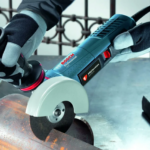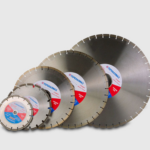Due to the appearance of the latest technologies in the construction area, construction terminology began to be rapidly enriched with various expressions and definitions. One of these innovations is the term “tapscification”. It is understood as the methodology of concrete works, in the conditions of which a concrete mixture, a layer by a layer, is applied to a concrete surface.
Application of cement-sand mortar occurs under the pressure of compressed air using the so-called syringe machines or, in other words, torque-stagnation. In the production sphere, tapcrep can be carried out in two main directions.
The first is the repair and applying to any structure of the composition in order to protect it from adverse influences. In this case, the working mixture is applied to 1 layer and is an isolating, protective or strengthening function. The second direction is the construction of construction sites by applying the mixture (in several layers) to reinforcement with one -sided formwork. As a result of such manipulations, a high -strength and durable monolithic structure is obtained.
Today, such a variety of concreting works is extremely often used in practice, when it comes to the construction of arches, thin -walled products from reinforced concrete, tanks, etc. As for such common areas in construction as a tunnel – and bridge, the creation of warehouses for storing agricultural products, they are realized exclusively according to the technology.
The valuable advantage of this technological process is that ultimately it turns out a high -quality surface with an increased degree of density, increased mechanical strength and the highest resistance to low air temperatures and moisture. To date, there are two ways to perform the fragmentation procedure – wet and dry.
In the first method, a solution, which fits directly to Sopl, is completely ready for use, since all the components contained in its composition are carefully connected and form a homogeneous consistency. As a rule, pneumatic concrete pumps or superchargers are used during pneumatic concrete.
In the second method, the composition, being dry, is supplied to the Sopl of the station and then connects to the water entering the nozzle along a separate hose. Then, in high pressure conditions, the formed composition at a speed of 170 meters per second splashes on the processed surface.





